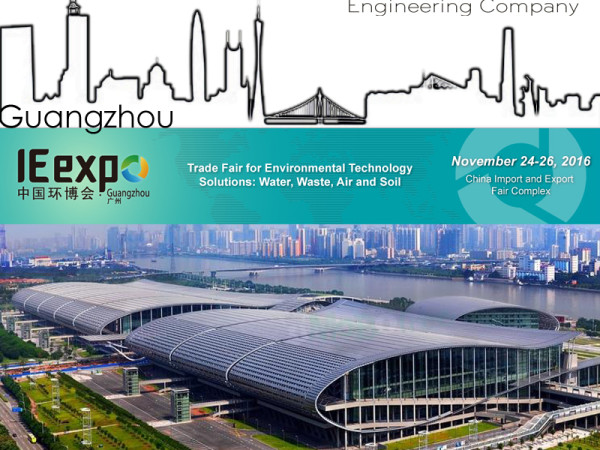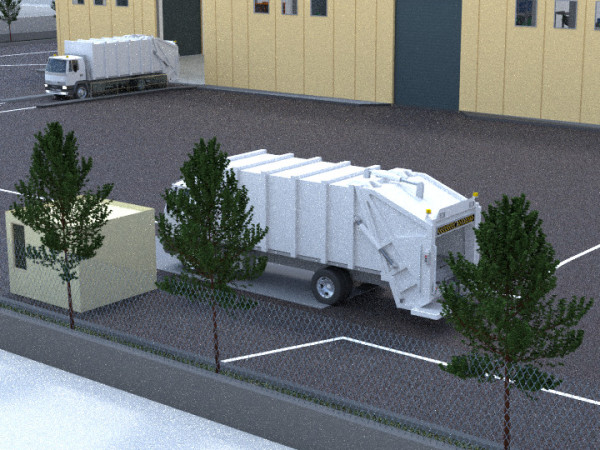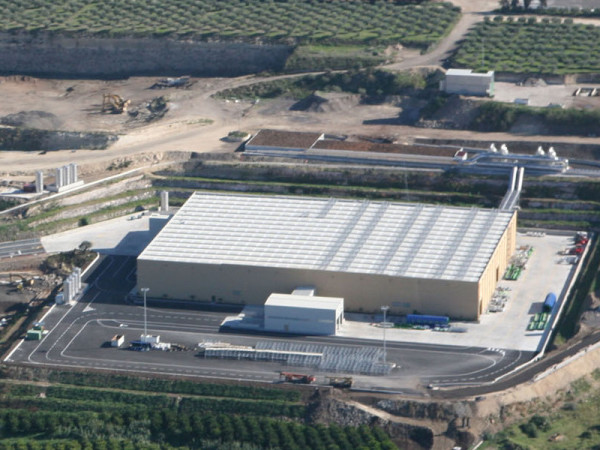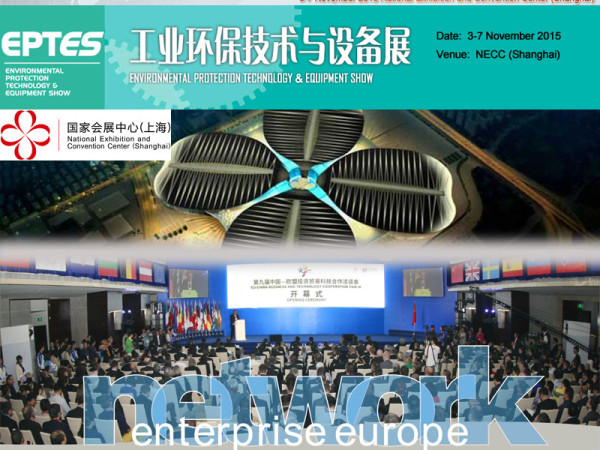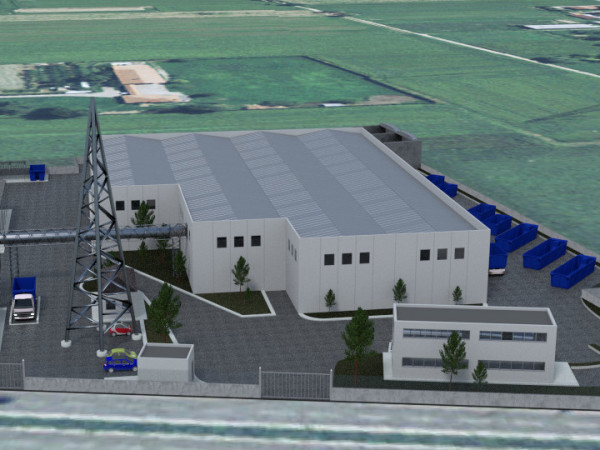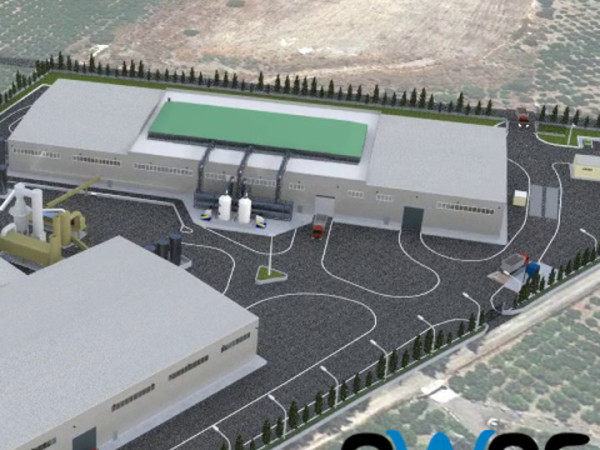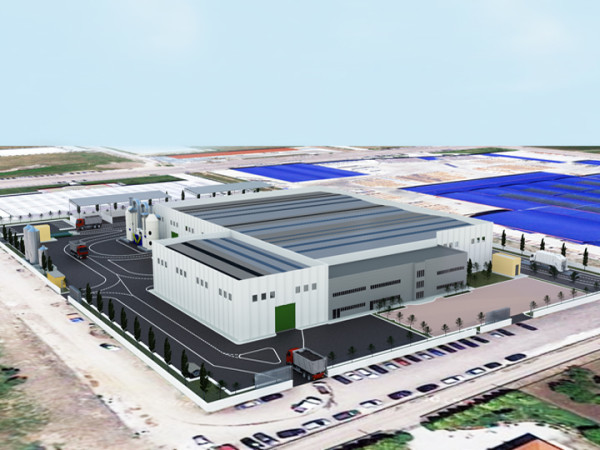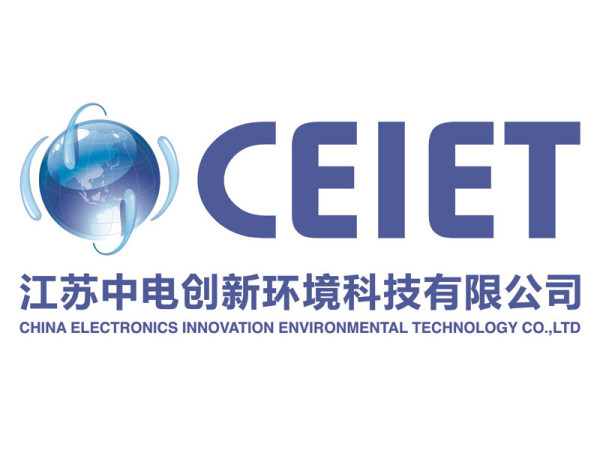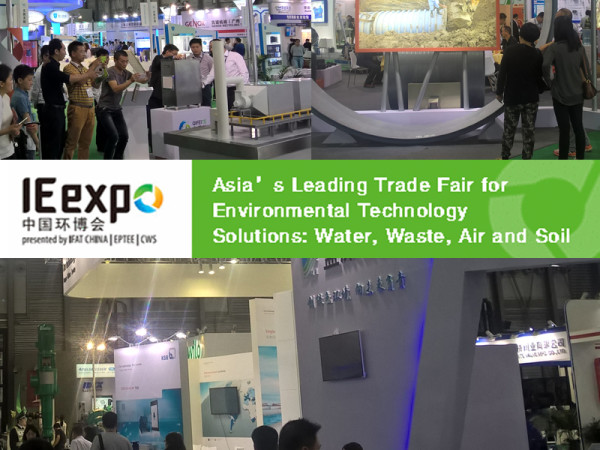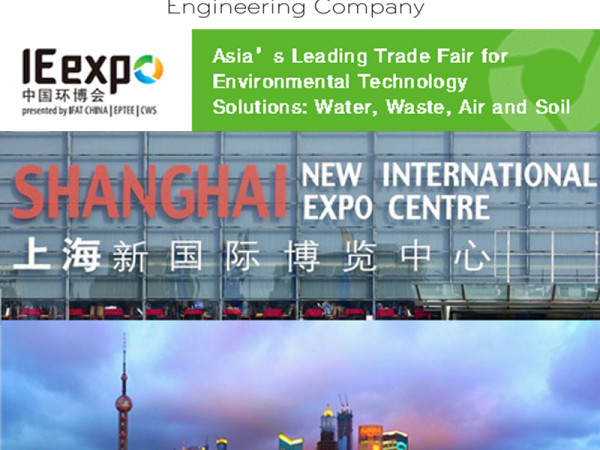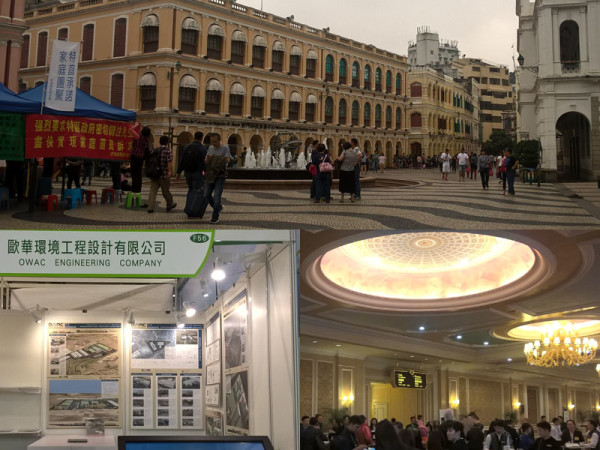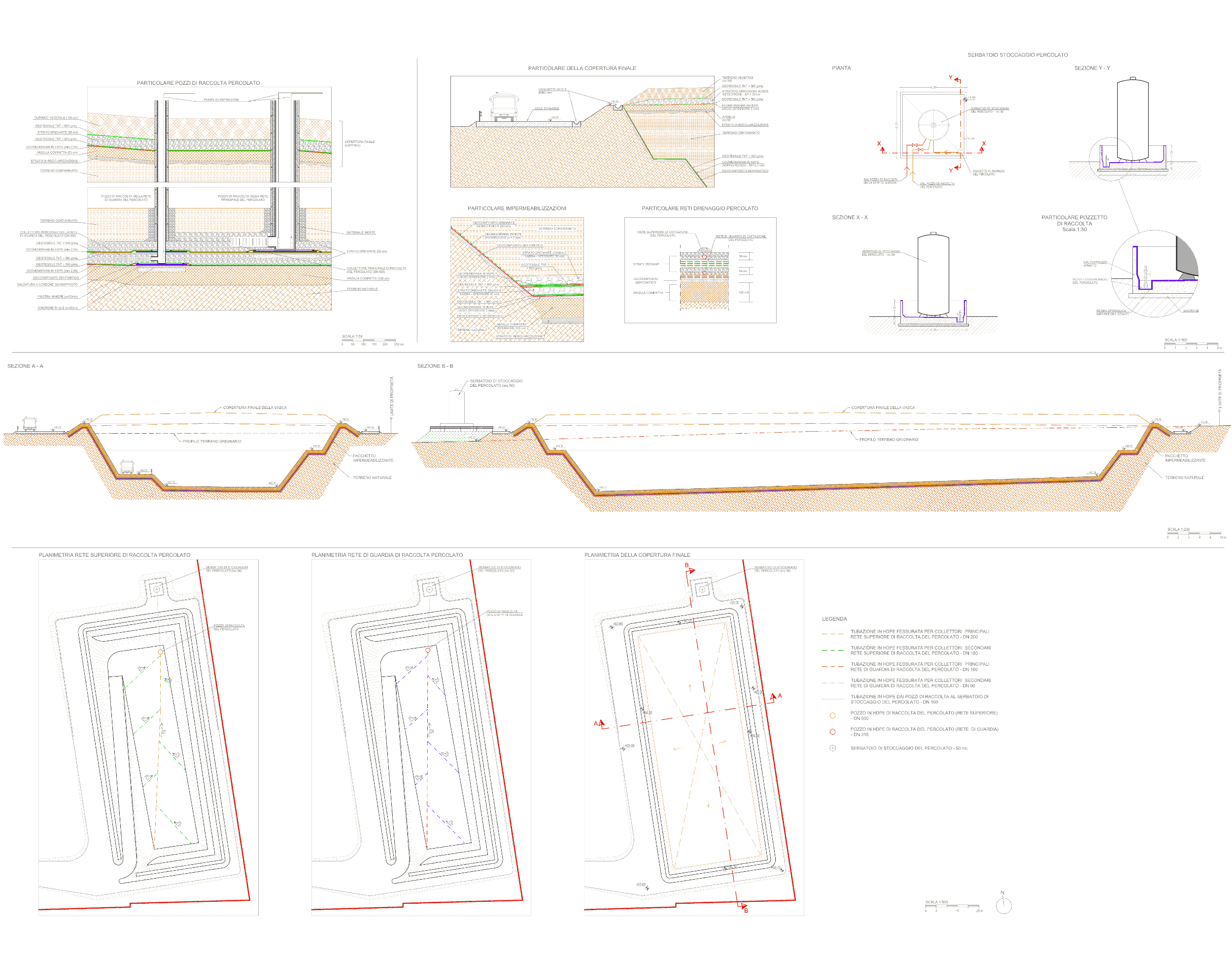
Plant data
Features
- Location: Augusta (SR)
- Coord. UTM (Zone 33S):
512,462 E – 4,121,354 N - Site area: 8.2 ha
- Estimated contaminated surface:
48,600 m² - Total volume of soil to manage:
60,000 m³ - Design period: final design
- Assignment: Site characterization, Development of the conceptual site model, Site specific Health Risk Assessment, Final Design
- Estimated amount of work:
1,063,406.55 €
Activities performed
- Site characterization through the collection of soil and groundwater samples for field and laboratory analysis to determine both type and level of contamination
- Site conceptual model: it was developed through the Characterization Plan results
- Site Specific Health Risk Assessment: it was calculated through the site conceptual model in order to determine the Site Specific Target Level for remedial action
Remediation proposal
On-site disposal of the contaminated soils into a non-permeable basin: the bottom and walls are adequately waterproofed; the cover system (capping) is composed of a surface layer for vegetation, a drainage layer and a non-permeable layer. The whole project is designed according to regulation of D.Lgs. nr. 36/2003 for solid waste landfill.
(S0016)
Plant description
The site is part of “National Interest Site of Priolo” as identified by Law 426/1998; because of the desire to develop industrial activities in this site in the future, procedures have been started to remediate the contaminated areas for obtaining the release by Environmental Department.
Therefore two environmental characterization investigations were designed and made in order to identify both type and extension of contamination into the soil, the terrain and the groundwater.
N. 108 of boreholes were drilled and over 500 soil samples were collected; chemical analysis of soil samples has revealed a widespread soil contamination by arsenic and a punctual terrain contamination by mercury.
Starting from chemical-physical parameters identified during the site characterization, a site specific assessment was carried out and a non tollerable risk for human health was found both for soil ingestion and dermal contact (industrial use of the site). As result, a site remediation project was designed to remove the state of contamination and enclose the polluted soil in a non-permeable confined basin specifically achieved in a part of the site, thus limiting the handling of excavated materials off site (e.g. lanfills).
The underground terrain protection will be ensured by a double non permeable layer of HDPE and a double drainage layer for the leachate collection system (the lower one to detect any possible crack on the upper HDPE layer (according to regulation of D.Lgs. nr. 36/2003 for solid waste landfill, as well as the final cover system, called “capping“).

